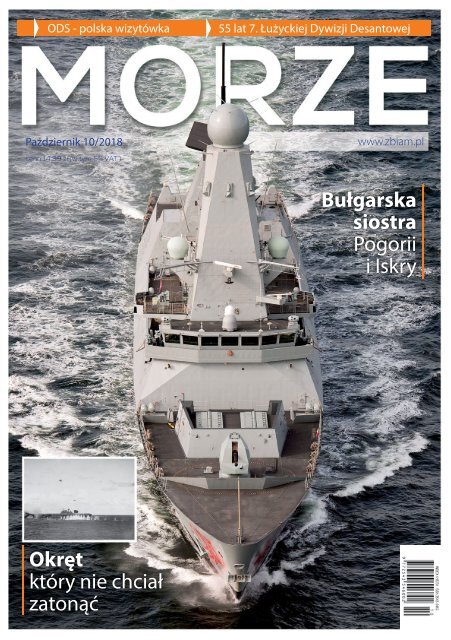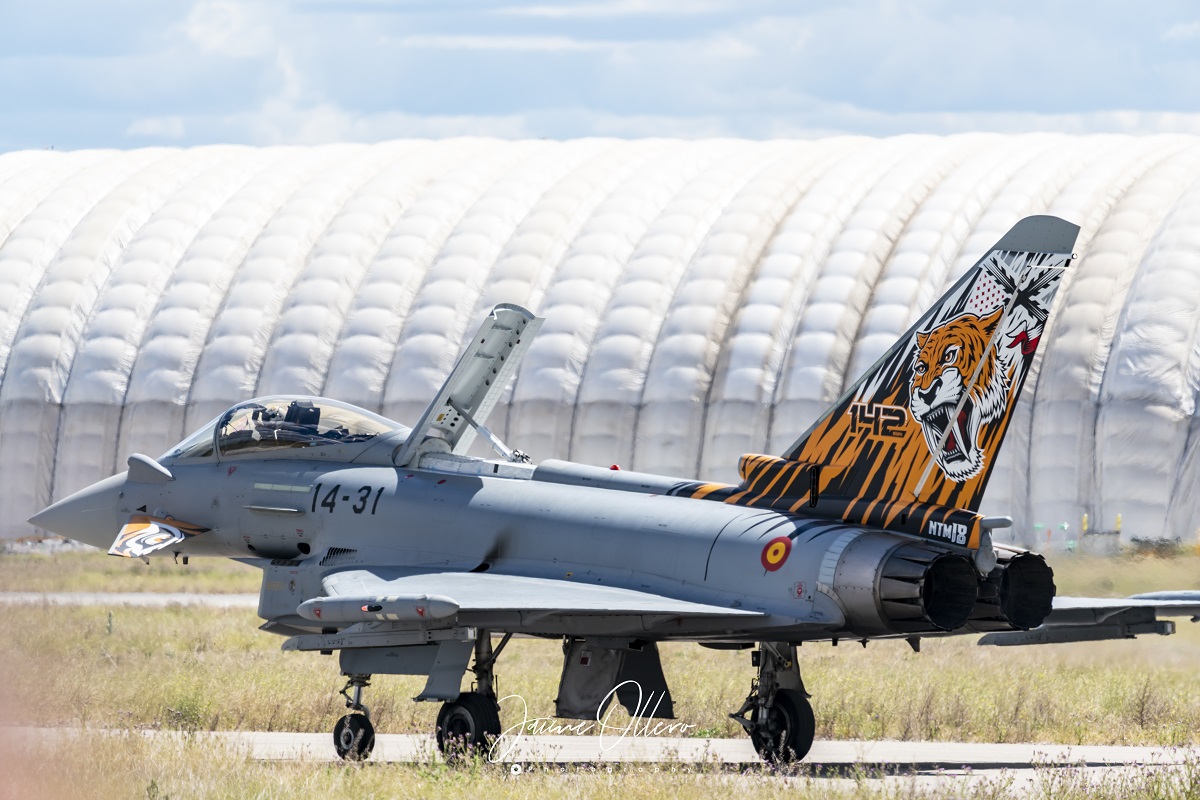
Systemy marine at MSPO 2018
Govind 2500 Corvette.
From 4 to 7 September, the 26th International Defense Industry Exhibition was held at the Targi Kielce SA exhibition complex. This year, 624 exhibitors from 31 countries presented their products. Poland was represented by 328 companies. Most of the solutions shown in Kielce are intended for the Ground Forces, Air Force and Special Forces, and more recently also for the Territorial Defense Forces. However, every year you can also find systems intended for the Navy there.
This was also the case at this year's MSPO, where several manufacturers important to the modernization programs of the Polish Navy presented their proposals. These include: French Naval Group, Swedish Saab, British BAE Systems, German thyssenkrupp Marine Systems and Norwegian Kongsberg.
Verified Offer
The dominant element of the French exhibition was the Naval Group Scorpène 2000 submarine, powered by an AIP engine based on electrochemical cells, offered to Poland under the Orka program, with MBDA missiles (SM39 Exocet anti-ship missiles and NCM maneuvering missiles). and torpedo (heavy torpedo F21. Artemis). It was supplemented by models of the CANTO-S anti-torpedo system and the Gowind 2500 corvette. The choice of this type of ship does not seem to be accidental, because during the salon, on September 6, the first corvette of this type was built in Egypt and was launched in Alexandria. It has been named Port Said and, after completion of sea trials, will join the twin prototype El Fateha built at the Naval Group shipyard in Lorient.
Models of submarines offered as part of Orka were also seen at the stands of other contenders for leadership in this program - Saab showed the A26 with vertical launchers of cruise missiles, as well as TKMS types 212CD and 214. The full potential of the Orka is equipped with an AIP engine.
In addition to the A26 model, a model of the famous Visby corvette with installation sections, incl. anti-ship missiles. It was a deliberate play on the ongoing promotion of the latest, fourth version of the RBS 15, the Mk4 missiles, part of a system called Gungnir (from one of the mythical copies of Odin that always hit the target). This missile was ordered by the Swedish armed forces, which, on the one hand, want to unify the anti-ship weapons used on all platforms (ships, aircraft and coastal launchers), and on the other hand, are not indifferent to the increasing potential of the missile. Baltic Fleet of the Russian Federation. Among the features of this system, it is worth noting, among other things,
with an increased flight range compared to the Mk3 variant (+300 km), the use of composite materials for the design of the rocket body, as well as an improved radar system. An important condition set by Svenska Marinen was the compatibility of the new type of missiles with the launchers used on the Visby corvettes.
At its booth tKMS, in addition to models of the proposed Orka variants, the Polish Navy also presented a model of IDAS light universal missiles designed to protect submarines, as well as a model of the MEKO 200SAN frigate, four units that were built at German shipyards by order of South Africa. Like the aforementioned Gowind, this project is a response to the Miecznik program.
The submarine offered to Poland by tKMS is associated with a proposal to equip it with an innovative control system using new generation operator consoles that were located at the MSPO stand at the Kongsberg stand, which, together with the German Atlas Elektronik GmbH, creates a joint venture kta Naval Systems, responsible for the development of combat ship systems. The Norwegians also presented a model of the NSM anti-ship missile used by the Navy Missile Unit and a version for submarines, with an extended range and launched from a torpedo launcher.
The proposal of the South Korean company Vogo, focused on the development and production of special-purpose ships, both surface and underwater, was also interesting. In Kielce she showed two models belonging to the last group. It was a conventional underwater vehicle designed to carry three divers SDV 340, and a more interesting and technically advanced SDV 1000W. The latter, with a displacement of 4,5 tons, a length of 13 m, is designed for fast and covert transportation of up to 10 equipped saboteurs and up to 1,5 tons of cargo. It is of the so-called wet type, which means that the crew must be in suits, but due to the large amount of oxygen taken in by the SHD 1000W, they do not need to use personal breathing apparatus. On the surface, it can reach speeds of more than 35 knots, and underwater (up to 20 m) - 8 knots. The fuel supply provides a cruising range of up to 200 nautical miles on the surface and 25 nautical miles under water. According to the manufacturer, SDV 1000W can be transported and dropped from the deck of C-130 or C-17 transport aircraft.
The BAE Systems concern mentioned in the opening speech, presented at its stand, among others, the Bofors Mk3 universal gun of 57 mm L / 70 caliber. This modern artillery system is offered to the Polish Navy as a replacement for the obsolete and worn-out Soviet AK-76M 176-mm cannon on our ships, as part of the modernization of the Orkan missiles. The most important features of the Swedish "five-seven" are: low weight up to 14 tons (with a stock of 1000 rounds), a very high rate of fire of 220 rounds / min, a firing range of 9,2 mm. and the possibility of using 3P programmable ammunition.
The maritime accent could also be seen at the stands of Diehl BGT Defense (the IDAS and RBS 15 Mk3 missiles mentioned above), Israel Aerospace Industries (the Barak MRAD medium-range anti-aircraft missile, which is part of the Barak MX adaptive defense system currently being developed). ) and MBDA, which brought to Kielce a large portfolio of missile systems it produced. Among them, it is worth mentioning: the CAMM and CAMM-ER anti-aircraft missiles proposed in the Narew short-range anti-aircraft missile program, as well as the Marte Mk2 / S light anti-ship missile and the NCM maneuvering missile for the Miecznik and Ślązak ships. The company also introduced the Brimstone missile model, which in the Brimstone Sea Spear variant is being promoted as a system to combat primarily fast small watercraft, known as FIAC (Fast Inshore Attack Craft).
The German company Hensoldt Optronics, a division of Carl Zeiss, presented a model of the optical-electronic mast OMS 150 for submarines. This design combines a 4K resolution daylight camera, an SXGA resolution LLLTV afterworld camera, a mid-infrared thermal imaging camera, and a laser rangefinder as shown. An electronic warfare system antenna unit and a GPS receiver can be installed on the head of the FCS.

